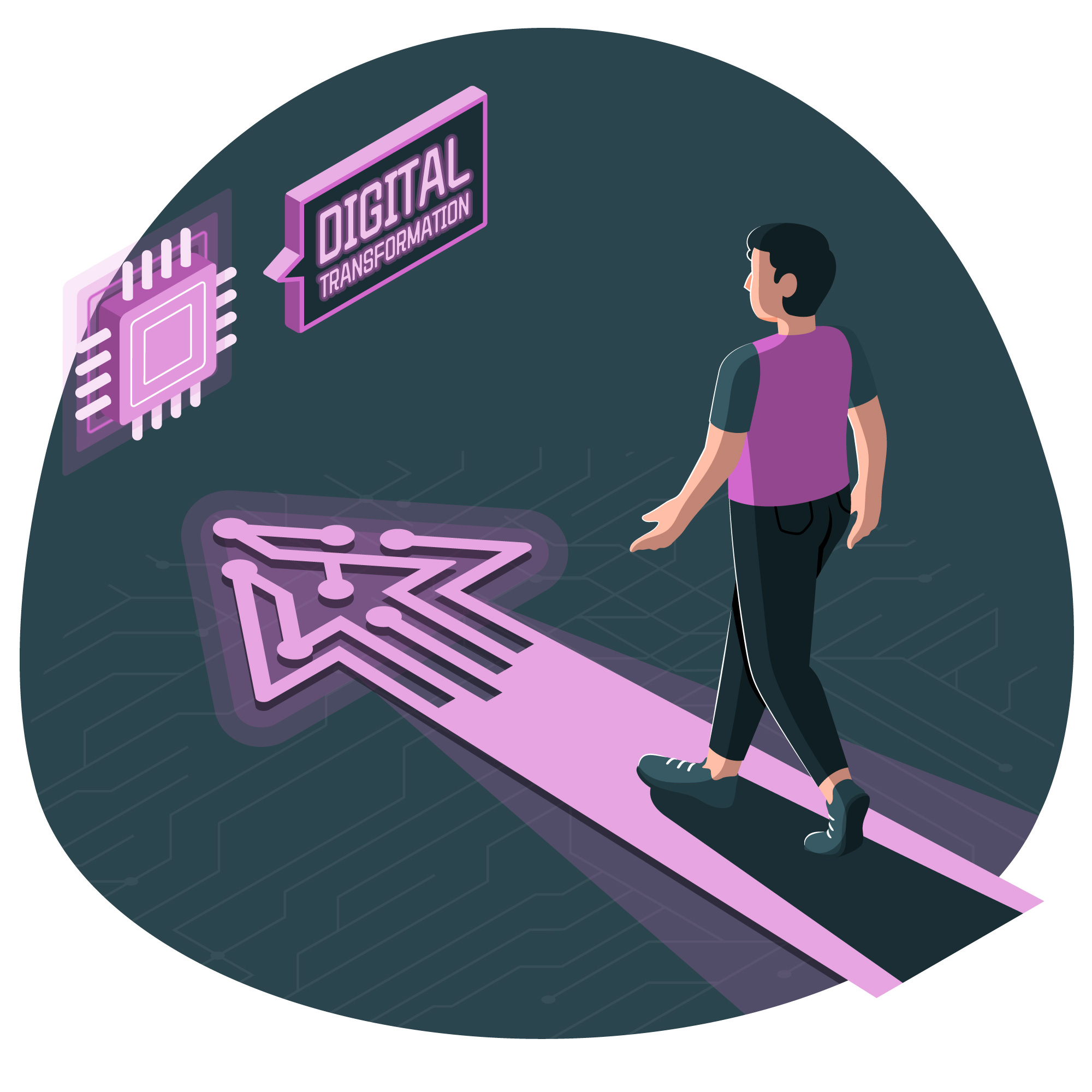


A prerequisite at all stages of change, communication is crucial within a project. Whether it’s explaining the targeted goals, practical modalities, or expected benefits, ongoing educational efforts prevent misunderstandings.
By regularly and transparently sharing the details of the digital transformation, managers create the conditions for work commitment.
Beyond information sessions, it is also important to share the vision with employees to inspire everyone’s engagement.
This co-creation phase allows for detailing the overall plan and addressing questions before collectively validating the roadmap. Appropriating the digital strategy requires a nuanced understanding of its business implications.
A project dictated from the top often struggles to truly transform the company, as it faces internal resistance from employees.
To avoid this pitfall in management, it is advisable to involve every impacted stakeholder as early as possible, starting with middle managers. These essential links in the cross-functional flow of work ensure team cohesion.
Moreover, several typical profiles can be distinguished among employees:
Early adopters, predisposed to innovations, are allies in de-risking the project. Their positive feedback influences the followers. Followers, who are the majority, relatively easily adopt change. They need support to see the concrete benefits. Skeptics, who by principle doubt top-down initiatives, may eventually come on board by gaining visibility into the goals and roadmap. The resistant are more complex to convince. Individual discussions can sometimes identify the reasons for their resistance and address them specifically.
By involving all levels of the company, cohesion and management are strengthened around a unifying digital transformation project.
Through a risk analysis conducted with operational staff, sometimes blockages emerge that a managerial task force can preemptively resolve at the workplace.
This effort to secure the digital transformation project mitigates obstacles upfront.
Through a documented pilot and ongoing feedback, the digital strategy is enriched over iterations. Identified weaknesses lead to a gradual skill improvement of teams, a guarantee of successful change management.
Practically, this virtuous process is based on active listening on the ground. End-users share their difficulties encountered with the new tools deployed in their daily work. Concurrently, performance indicators help to objectively assess progress and potential blockages.
Thanks to this continuous analysis, improvement areas naturally emerge. IT teams evolve solutions to meet business needs, which can be effectively tracked in an application usage monitoring tool like K-Value. Then, as employees are trained and versions are updated, they gain digital autonomy. 👉 To learn more about continuous improvement
Highlighting each milestone achieved allows for collective valorization of the journey taken. Deploying a digital solution is not an end in itself: its daily adoption reflects the success of the change. Hence the importance of highlighting these small victories.